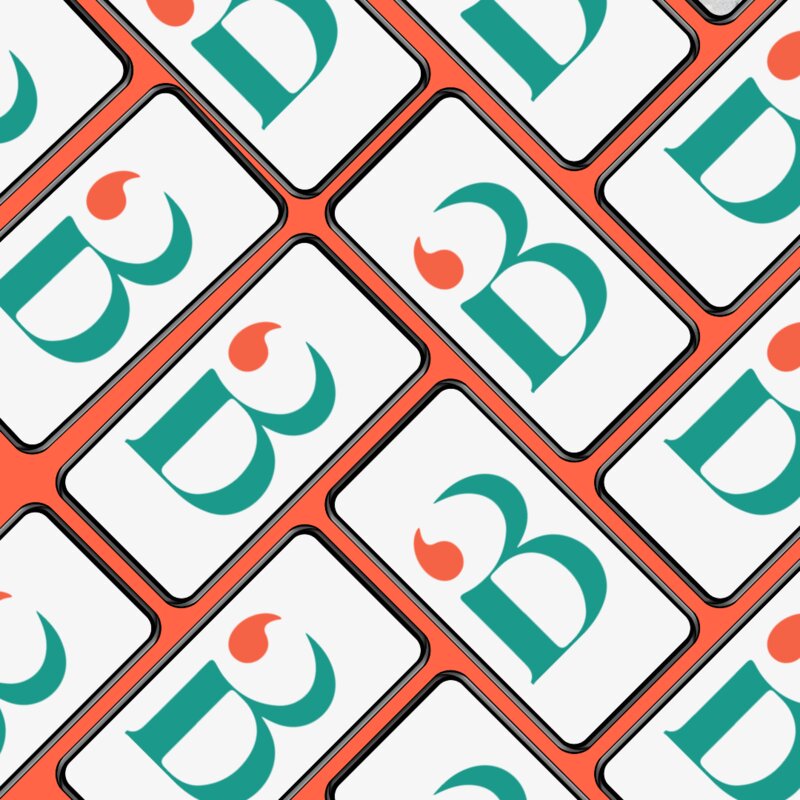Taryn Ward, Founder and CEO of Bright, reflects on the advice Iglika Ghouse, Founder and CEO of USPAHH, shared in her crowdfunding series.
It feels like a lifetime ago since Iglika first shared her crowdfunding experience with us. Since then, we've had the opportunity to prepare our own crowdfunding campaign, and we've taken her advice to heart. We even worked with the same videographers (Pangaea) she mentioned in her original article (they were amazing!).
We thought it would be the perfect time to share Iglika's description of her crowdfunding experience. Every campaign is different, but the process is generally the same, and we found her outline to be helpful as we've worked through it. So if you're considering crowdfunding for your own business, interested in the process because you'd like to participate in ours, or just curious about how it all works, Iglika's description is a great place to start.
Join the Waitlist
Iglika is the Founder and CEO of the mobile beauty spa App, USPAAH. She left a career in finance to launch her own business. Here she takes us through some of her journey and shares some of the knowledge she has gained using crowdfunding platforms to win investment funding.
Preparing for Crowdfunding
As with most things, the earlier you start prepping, the better, especially when it comes to financial matters. There is a common misconception about crowdfunding because founders think that once their campaign is live, millions will start magically pouring in.
Unfortunately, that’s not the case. One of the most important things for a successful campaign, in fact, is pre-commitment from a few larger investors so that once your campaign launches on the site, it doesn’t start at £0. Frankly, we didn’t realise this at all two years ago and having started at zero; it was really hard to gain the initial traction. There’s a lot of herd mentality when a crowd is involved, so the more you have pre-committed, the higher the chance people will invest with you. So start conversations with your key backers at least a couple of months before, have your pitch deck, business plan, and perhaps any prototype of your product ready to show them.
Create different communications for various groups of people such as professional investors, friends/family, former colleagues, etc. It’s not a one size fits all situation. Professional investors will be more interested in key metrics, unit economics, user growth, cost per customer acquisition, others may be more impressed by the team and their prior experience, and so on. Know your audience and tailor your pitch accordingly. When it comes to crowdfunding, everyone and anyone is a potential investor, so your job for the next couple of months will be to spread the word as much as possible and go to as many networking events as you can. Simultaneously, you want to start building your pre-registration site, which is hosted on your own website, and the pitch profile, which is hosted on the crowdfunding platform. How to build a great profile is an art in itself, and we’ll cover that in the next edition of the Crowdfunding guide.
Building your pitch page and creating a campaign video
As the target date gets closer, you want to have ample time to build a good pitch page and plan and shoot a killer video. The good news is that you don’t need to reinvent the wheel, most crowdfunding sites have a section-by-section guide, and you can always see examples of well-built landing pages and videos. Think of this part like building an online dating profile, you don’t want to lie, but you definitely want to present yourself and your company in the best light possible. For the landing page and pitch page, you’ll need to show things like what your product or service does, key financials, team background, plans for utilizing the funds, etc. As I said, you don’t need to come up with a format from scratch; we certainly copied the format from another great pitch and added relevant information for our company. You can see our landing page here. The video is probably the most important part of your campaign. It is the one thing people are most likely to watch, and because crowd investing is a very emotionally rather than rationally based process, investors are likely to make up their minds based on what they feel about your video. In other words, you could’ve invented a cure for cancer, but if your video is dull, boring, doesn’t tell the story right, or looks off for some reason, you are probably not going to be very successful. So don’t let your campaign down by skimping on the video. It will show if you go too cheap or try to do it yourself. Hire a professional team, and most crowdfunding websites will have a recommended list of producers they work with.
Both of our crowdfunding videos were very well done and helped us tremendously with the success of the campaigns. For the second campaign, we went with a team from Pangaea TV and we were really happy with them as they were very experienced and knew exactly what we wanted to convey. Prep participants who can be your team, clients, existing investors, or advisors, write a script, don’t improvise, rehearse well before the day of the shoot. Above all, make it exciting, tell people why they don’t want to miss out on this opportunity and have fun doing it. Once your pitch landing page is done, you can send a warm-up email to all your pre-committed investors, clients, friends, and family about 10days before the campaign launches officially. This is where you need to push them to register their interest so that you launch with at least 30-50% of your target being already raised.
Join the Conversation
Join the waitlist to share your thoughts and join the conversation.


.png)